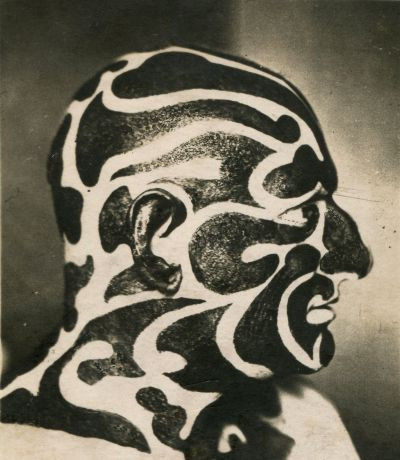The Evolution of Tattoo Machines: From Hand-Poked to Modern Coil and Rotary
- thebluebloodstudios

- Apr 2
- 2 min read
For thousands of years, humans have adorned their bodies with tattoos, each mark telling a story of culture, identity, or personal expression. Before the hum of electric machines filled tattoo parlors, the art was practiced with the patient, rhythmic puncturing of skin using hand-poked techniques. Imagine the intricate tā moko of the Māori people, where chisels carved from albatross bone left deep, grooved marks, each line a testament to lineage and status. Or picture the delicate precision of Japanese tebori, where bamboo sticks tipped with needles created vibrant, flowing designs. In North America, indigenous tribes used sharpened bone and obsidian, their tattoos echoing tribal stories and spiritual beliefs. In the Arctic, particularly among the Inuit, women often performed skin stitching, threading needles with sinew dipped in ink, pulling the thread through the skin to create lines, marking lives and traditions. And across the globe, from ancient Egyptian mummies to the people of Southeast Asia, countless cultures left their mark, each with unique tools and meanings.

The Accessibility Revolution: Samuel O'Reilly's Innovation
Then, in the late 19th century, a revolution began. Inspired by Thomas Edison's electric pen, Samuel O'Reilly patented the first electric tattoo machine in 1891. Suddenly, the slow, meticulous work of hand-poking gave way to a faster, more efficient process. This innovation not only opened up new possibilities for tattoo artists, allowing for finer lines and more intricate shading, but it also significantly impacted who could get tattooed. The speed and relative ease of the machine made tattooing more accessible to a wider range of people, moving it beyond traditional cultural contexts and into the realm of more 'common' personal expression.
The Rise of the Coil Machine
For decades, the buzz of coil machines dominated the tattoo world, their electromagnetic coils driving needles with power and consistency, each machine often specialized for lining, shading, or color packing.
The Emergence of the Rotary Machine
But the story didn't end there. In more recent times, the smoother, quieter hum of rotary machines has become increasingly common. These machines, powered by rotary motors, offered greater versatility for the artist. Modern advancements continue to push the boundaries, with digital machines offering precise control, wireless technology providing freedom of movement, and cartridge systems improving hygiene and efficiency. As we look to the future, it's clear that the evolution of tattoo machines is far from over.
Ink's Incredible Journey: Where Do We Go From Here?
The journey from ancient hand-poked methods, including skin stitching, to the sophisticated machines of today is a testament to the enduring human desire to create lasting art on the skin. Each advancement has contributed to the grandeur of tattoo art, enabling artists to express themselves with ever-increasing skill and creativity.
Drop Your Thoughts & Get Tattooed!
What are your thoughts on this incredible evolution? Share your experiences and insights in the comments below! And if you're ready to add your own chapter to the tattoo story, come visit us at Blue Blood Studios and let's create some lasting art together!






Kabar4d Unlock Jackpot: Waktunya Bawa Pulang Hadiah Mewah Fantastis.